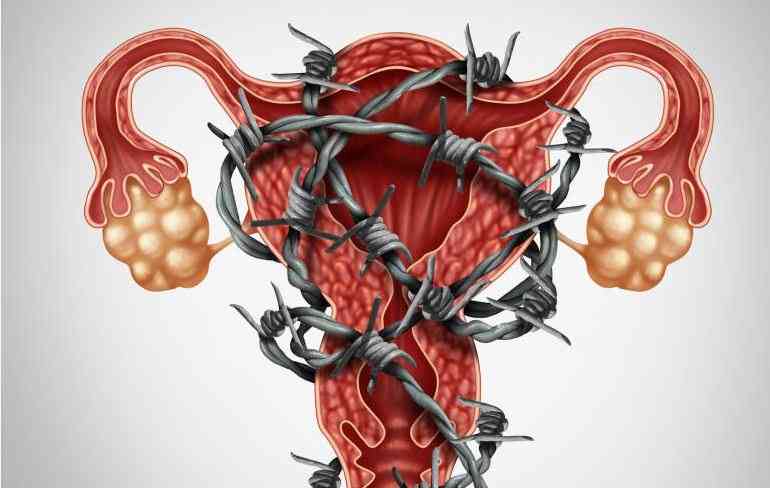
Dealing with cancer first hand requires a lot of emotional strength. As soon as you get the diagnosis, many fears and questions run through your mind. You experience fear, anger, worry and sadness as you begin to wonder if recovery will be possible.
Thank God for technology because doctors have been able to come up with, and develop, different ways to treat cancer and prevent it from spreading. Because of this, there have been many recovery stories proving that cancer is not always fatal.
These treatments range from the use of medicines, machines and other forms of treatment in order to stop cancer cells from spreading.
Below are some of the different forms of cancer treatment that our doctors and other health practioners are putting into use today.
ChemotherapyThis is probably one of the most known forms of treatment. Chemotherapy involves the use of medicines to help slow down cancerous cells and tumours that spread within the body. When cancer treatments are mentioned, people generally steer to chemotherapy as the only known form of treatment. It includes injections, oral drugs, creams and other forms of medication as a form of treatment. Chemotherapy is usually used alongside other treatments to help eliminate different forms of cancer.
Radiation treatmentsAs the definition indicates, this treatment involves the use of radiation beams to help eliminate different types of cancer. The different forms of radiation that are known are high dose radiation and low dose radiation. A patient usually undergoes radiotherapy sessions to lower the risk of cancer recurrence and to also shrink tumours. The advantage to this is that it’s generally not a painful process. However, the beams might damage surrounding healthy cells while targeting the cancerous ones.
SurgeryThis is also one of the effective forms of cancer treatments that patients go through. Surgery is used to remove tumours and growths before they spread to other parts of the body. However, through surgery, a patient might lose certain body parts as a preventive measure. They often lose their breasts, glands and other parts where the cancer might be located. In small scale surgery, however, the surgeon can insert tools into the body to locate small tumours and remove them early before they grow.

This is also known as bone marrow transplant. The process involves replacing the blood-making cells in the body that might have been damaged during processes like radiotherapy. High dose radiotherapy often causes damage to the healthy cells that are essential for survival. Because of this, it’s necessary for patients to undergo stem cell transplants in order to recover. A patient can then regenerate new cells or even get new cells from a donor.
Clinical trialsPatients can often register for a clinical trial for new forms of cancer treatments. If a patient is having a hard time with other forms of treatment, they might often opt for test runs with medicines that are still being tested. The great thing with this is that a patient is able to get hold of new medicines before other patients. Bodies such as African Consortium for cancer clinical trials handle clinical trials for cancer patients. One of the downsides to clinical trials is having to put up with the different side effects that these new drugs may have.

Immunotherapy is also an effective cancer treatment. This therapy involves boosting one’s immunity to fight cancer. It helps strengthen the white blood cells so that they can fight infections more effectively. Some of the aspects to immunotherapy include the use of vaccines and also inhibitors to help protect the body from cancer. However, some of the side effects that come with immunotherapy are weight gain, skin problems, stomach upsets, fatigue and in rare occasions, death.
How good is the tea you make? The Standard Group Plc is a multi-media organization with investments in media platforms spanning newspaper print
operations, television, radio broadcasting, digital and online services. The Standard Group is recognized as a
leading multi-media house in Kenya with a key influence in matters of national and international interest.
The Standard Group Plc is a multi-media organization with investments in media platforms spanning newspaper print
operations, television, radio broadcasting, digital and online services. The Standard Group is recognized as a
leading multi-media house in Kenya with a key influence in matters of national and international interest.










